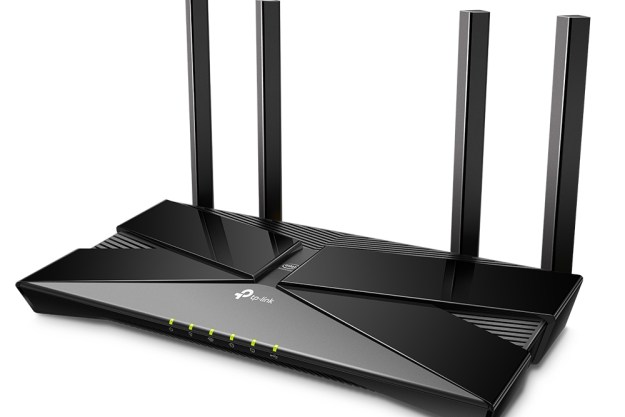Major airlines are slowly but surely responding to customer calls for better in-flight Wi-Fi.
The biggest change has come with the introduction of satellite-based systems that offer better coverage and faster speeds than the older ground-based alternatives.
After completing the rollout of satellite-based Wi-Fi to its wide-body fleet in 2018, American has now completed installation of the same system to the whole of its mainline narrow-body fleet comprising more than 700 planes, TechCrunch reported. Specifically, these include its Boeing 737 aircraft and Airbus A319 and A320 jets that ply its domestic routes.
American Airlines’ satellite-based Wi-Fi system uses Gogo 2Ku or ViaSat Ka to get passengers online. Advances in technology in the last few years have brought huge improvements to in-flight Wi-Fi, transforming what was once a frustratingly slow and limited service into a fully featured offering similar to what many of us now enjoy when our feet are on the ground.
Take note though, whereas some rivals such as Delta offer free Wi-Fi access to travelers, American Airlines still charges, with prices starting at $10. There is one exception to this, however, as American earlier this year began offering free in-flight access to Apple Music for subscribers of the streaming service.
Commenting on the rollout, Kurt Stache, American Airlines’ senior VP for marketing, loyalty, and sales, said in a release: “Elevating the travel experience is one of our top goals at American and we’ve been working hard to provide our customers with the same level of entertainment and connectivity options they enjoy in their own living rooms.”
Free Wi-Fi for all air passengers?
Looking at the industry more broadly, it feels as if the day when we can expect free Wi-Fi on all flights is creeping ever closer. In 2017, JetBlue became one of the first airlines to offer free in-flight Wi-Fi. Other international carriers have followed, with Delta recently testing free Wi-Fi with a view to rolling it out to all passengers in the near future.
Besides Wi-Fi, other improvements coming to American’s mainline fleet include the power outlets for every seat and the addition of tablet holders for much of its narrow-body fleet as it and other airlines move toward ridding aircraft of in-flight entertainment systems, instead of streaming content to passengers’ own mobile devices.
Editors' Recommendations
- These are the apps people use the most on in-flight Wi-Fi
- Nervous about using public Wi-Fi while you travel? You shouldn’t be. Here’s why
- American Airlines is making sure you can’t escape TikTok
- United, Delta, and American airlines suspend flights to China due to Coronavirus
- Wi-Fi 6E devices will embrace 6GHz. Here’s what it means to you


